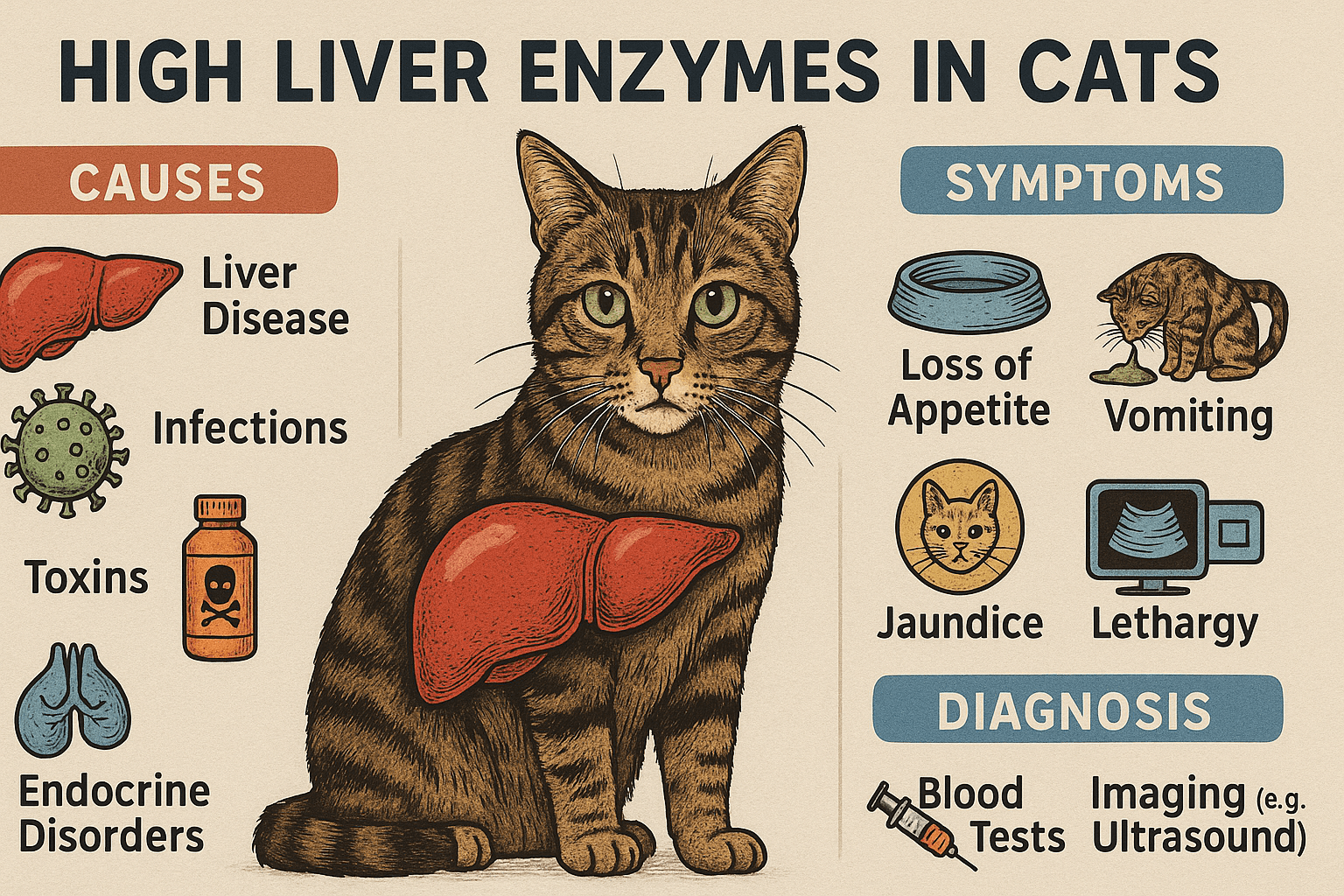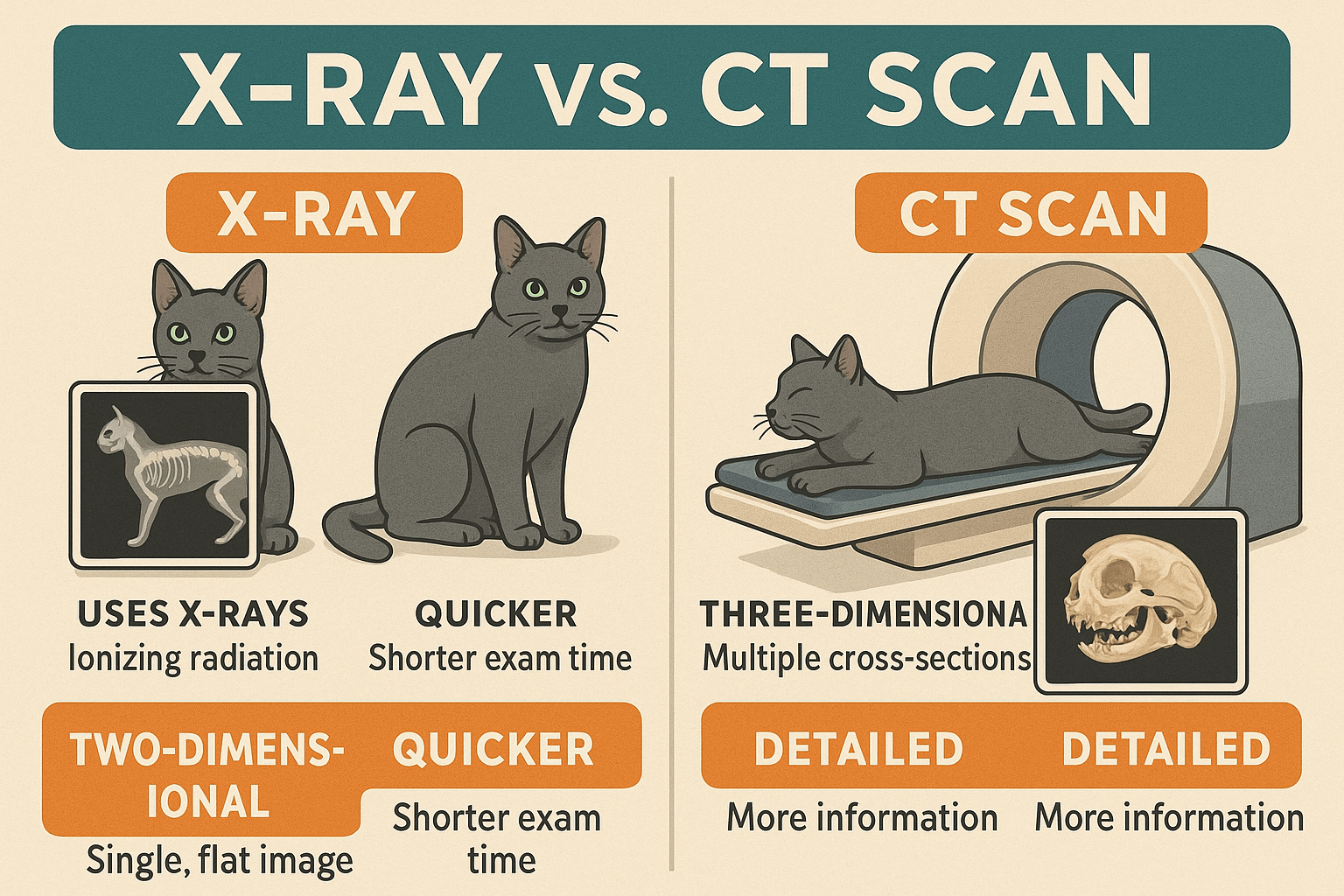Understanding Basal Cell Tumors in Cats: Causes, Symptoms, and Treatment
Basal cell tumors are one of the most common types of skin tumors found in cats. While these growths are typically benign, they can still cause concern for pet owners who notice unusual lumps or changes in their cat’s skin. Understanding what basal cell tumors are, how they develop, and what treatment options are available is crucial for ensuring your feline friend remains healthy and comfortable. In this blog post, we’ll explore everything you need to know about basal cell tumors in cats, from recognizing the signs to navigating treatment options. By the end, you’ll be better equipped to support your cat through diagnosis and recovery.
What Are Basal Cell Tumors in Cats? Key Facts You Should Know
Before diving into treatment and care, it’s important to understand what basal cell tumors are and why they occur. These tumors originate from the basal cells, which are located in the deepest layer of the skin. Here’s a breakdown of the key facts:
Common Occurrence
Basal cell tumors are among the most frequently diagnosed skin tumors in cats, especially in older animals.Benign Nature
The majority of basal cell tumors are non-cancerous and do not spread to other parts of the body.Location on the Body
They often appear on the head, neck, or shoulders, though they can develop anywhere on the skin.Appearance
These tumors typically present as firm, raised, hairless nodules that may vary in size and color.Age Factor
Older cats, particularly those over 7 years of age, are more prone to developing basal cell tumors.
Understanding these characteristics helps pet owners identify potential issues early and seek veterinary advice promptly.
Signs and Symptoms of Basal Cell Tumors in Cats
Recognizing the signs of basal cell tumors early can make a significant difference in managing your cat’s health. While these tumors are generally harmless, they can sometimes cause discomfort or complications. Here’s what to look out for:
Visible Lumps
Cats may develop small, firm bumps on their skin that feel distinct from surrounding tissue.Hair Loss Around the Area
The tumor site may lose fur, creating a noticeable bald patch.Ulceration or Bleeding
If the tumor becomes irritated or scratched, it may ulcerate or bleed, requiring immediate attention.Behavioral Changes
Some cats may lick, chew, or scratch at the tumor due to irritation, signaling discomfort.Slow Growth
Basal cell tumors tend to grow slowly over time, making them easier to monitor but harder to detect early.
By keeping an eye out for these symptoms, you can ensure timely intervention and proper care for your cat.
Check this guide 👉Cat Stomach Tumor: Best 7 Expert Tips!
Check this guide 👉Cat Chemotherapy: Best 7 Health Tips!

Key Characteristics of Basal Cell Tumors | Potential Complications |
|---|---|
Typically benign | Ulceration if irritated |
Firm, raised nodules | Risk of infection if scratched |
Common on head, neck, or shoulders | Bleeding when traumatized |
Slow-growing over months or years | Discomfort leading to behavioral changes |
Hairless appearance | Rare malignant transformation |
Diagnosis and Treatment Options for Basal Cell Tumors
Once a basal cell tumor is suspected, a veterinarian will guide you through the diagnostic process and discuss treatment options. Here’s what to expect:
Physical Examination
Your vet will assess the tumor’s size, location, and appearance to determine if further testing is needed.Biopsy
A small sample of the tumor may be removed for microscopic analysis to confirm its nature.Surgical Removal
The most common treatment involves surgically excising the tumor, which is usually curative for benign cases.Post-Surgery Care
Your cat may require pain management, antibiotics, or an Elizabethan collar to prevent licking the incision site.Monitoring for Recurrence
Although rare, some cats may develop new tumors, so regular check-ups are essential.
With proper diagnosis and treatment, most cats recover fully and lead happy, healthy lives.
Preventive Measures and Long-Term Care for Cats
While basal cell tumors cannot always be prevented, certain measures can help reduce risks and ensure your cat stays healthy. Here’s how to provide long-term care:
Regular Grooming
Inspect your cat’s skin during grooming sessions to catch any abnormalities early.Routine Vet Visits
Annual or biannual check-ups allow your vet to monitor your cat’s overall health and spot potential issues.Balanced Diet
A nutrient-rich diet supports your cat’s immune system and promotes healthy skin.Sun Protection
Limit excessive sun exposure, as prolonged UV rays can increase the risk of skin conditions.Avoid Trauma
Prevent injuries or irritations to the skin that could exacerbate existing tumors or trigger new ones.
By incorporating these practices into your cat’s routine, you can minimize risks and maintain their well-being.
Common Misconceptions About Basal Cell Tumors in Cats
There are several misconceptions about basal cell tumors in cats that can lead to confusion or unnecessary worry. Understanding the facts can help you make informed decisions about your cat’s health. Here are some common myths debunked:
Myth: All skin lumps are cancerous.
In reality, many skin lumps, including basal cell tumors, are benign and not life-threatening.Myth: Basal cell tumors require aggressive treatment.
Most cases only require simple surgical removal, which is minimally invasive.Myth: These tumors are contagious.
Basal cell tumors are not infectious and cannot be transmitted to other animals or humans.Myth: Older cats cannot recover well from surgery.
With proper care, even senior cats can undergo and recover from tumor removal successfully.Myth: Sun exposure has no impact on these tumors.
While basal cell tumors aren’t directly caused by the sun, excessive UV exposure can harm your cat’s skin over time.
By dispelling these misconceptions, you can approach your cat’s diagnosis with clarity and confidence.
Emotional and Practical Support for Pet Owners
Dealing with a basal cell tumor diagnosis can be emotionally challenging for pet owners. Providing both emotional and practical support is essential for navigating this experience. Here are some ways to cope and care for your cat effectively:
Stay Calm and Informed
Educate yourself about the condition to reduce anxiety and make confident decisions.Create a Comfortable Environment
Ensure your cat has a cozy, stress-free space to rest during recovery.Follow Post-Surgery Instructions
Adhere to your vet’s advice on wound care, medication, and activity restrictions.Seek Emotional Support
Talk to friends, family, or online pet communities to share your feelings and experiences.Celebrate Small Wins
Acknowledge milestones in your cat’s recovery, such as healing or returning to normal behavior.
By focusing on both your cat’s needs and your own well-being, you can navigate this journey with resilience and positivity.
Tips for Monitoring Your Cat’s Skin Health
Regularly monitoring your cat’s skin is an excellent way to catch potential issues early, including basal cell tumors. Here are some tips to keep their skin healthy and detect abnormalities promptly:
Perform Weekly Skin Checks
Run your hands over your cat’s body to feel for unusual lumps, bumps, or sores.Look for Changes in Texture
Pay attention to areas where the skin feels rough, scaly, or inflamed.Watch for Persistent Scratching
Excessive scratching or licking may indicate irritation or discomfort.Note Color Variations
Discoloration or redness on the skin could signal an underlying issue.Document Any Findings
Keep a record of new growths or changes to share with your veterinarian during check-ups.
By incorporating these practices into your routine, you’ll be better equipped to protect your cat’s skin health and address any concerns proactively.
Frequently Asked Questions About Basal Cell Tumors in Cats
Are basal cell tumors in cats dangerous?
Most are benign, but they should still be evaluated by a vet to rule out malignancy.
Can these tumors spread to other parts of the body?
Benign tumors rarely metastasize, but malignant variants can; early diagnosis is key.
How much does surgery cost?
Costs vary depending on the tumor’s size, location, and your region, so consult your vet for specifics.
Will my cat need stitches after removal?
Yes, surgical removal typically requires sutures, which are removed after healing.
Can basal cell tumors grow back after surgery?
Recurrence is uncommon, but regular monitoring ensures early detection if it occurs.
Final Thoughts: Supporting Your Cat Through Basal Cell Tumor Management
Basal cell tumors in cats, while common, are generally manageable with proper care and veterinary guidance. By staying vigilant, recognizing symptoms early, and following through with recommended treatments, you can help your cat live a comfortable and fulfilling life. Remember, your role as a pet owner is invaluable in ensuring your feline companion receives the love, attention, and medical care they deserve. Whether it’s scheduling regular vet visits or simply giving them extra cuddles, every effort counts in keeping your cat happy and healthy. With the right approach, you and your furry friend can navigate this challenge together with confidence and compassion.
High Liver Enzymes in Cats: Best 7 Expert Tips! Discover causes, symptoms, and treatment options for elevated liver enzymes in cats. Learn how to support your cat’s liver health effectively.
Bengal Cat Health Problems: Best 7 Expert Tips! Discover expert advice on common Bengal cat health issues, preventive care, and tips to keep your feline friend healthy and happy for years to come.
X-Ray vs CT Scan for Cats: Best 7 Expert Tips! Discover key differences, benefits, and expert advice on choosing the right imaging method for your cat’s health needs.
Cat Anxiety Symptoms: Best 7 Expert Tips! Discover signs of feline stress, effective calming strategies, and expert advice to help your cat feel safe, happy, and relaxed at home.





